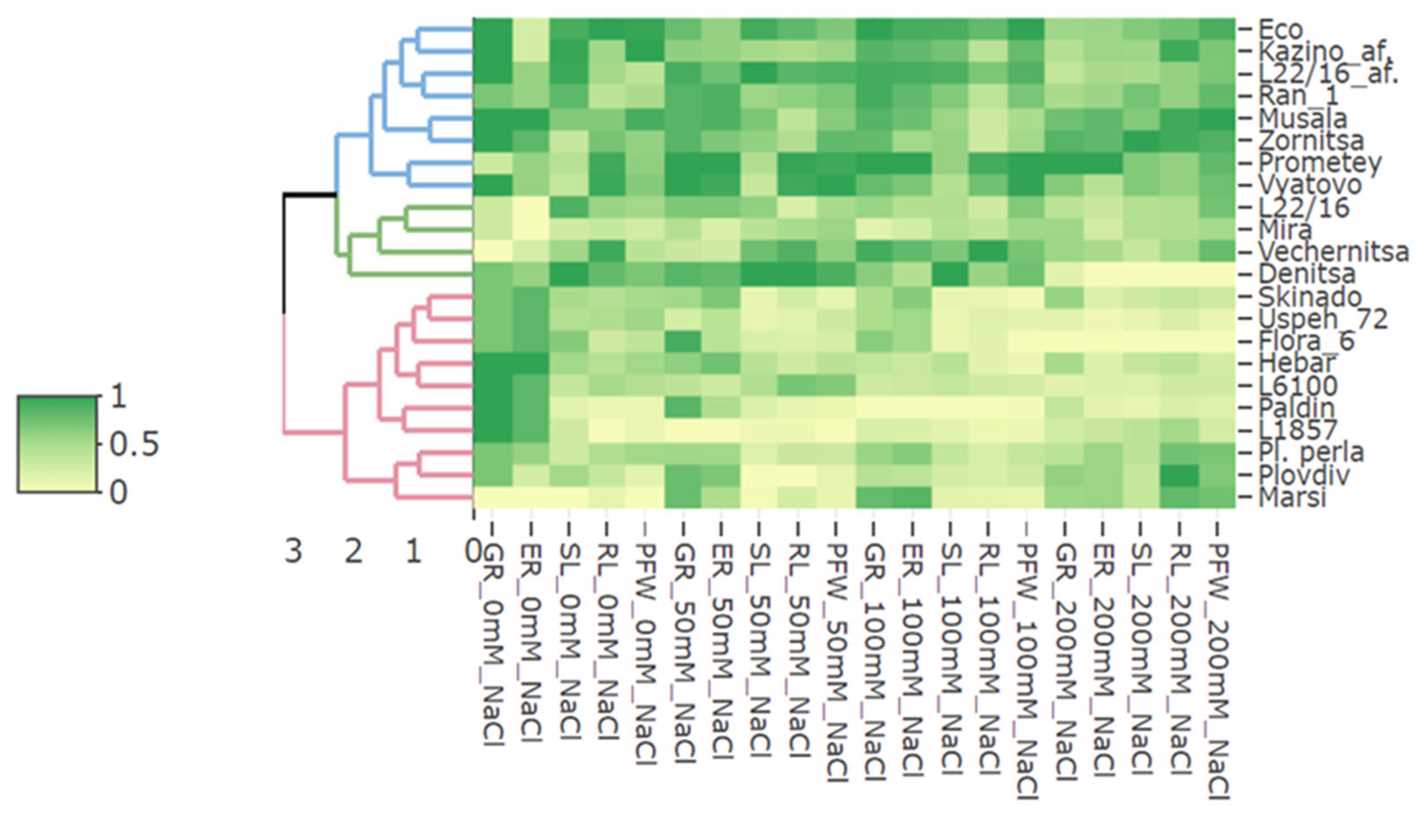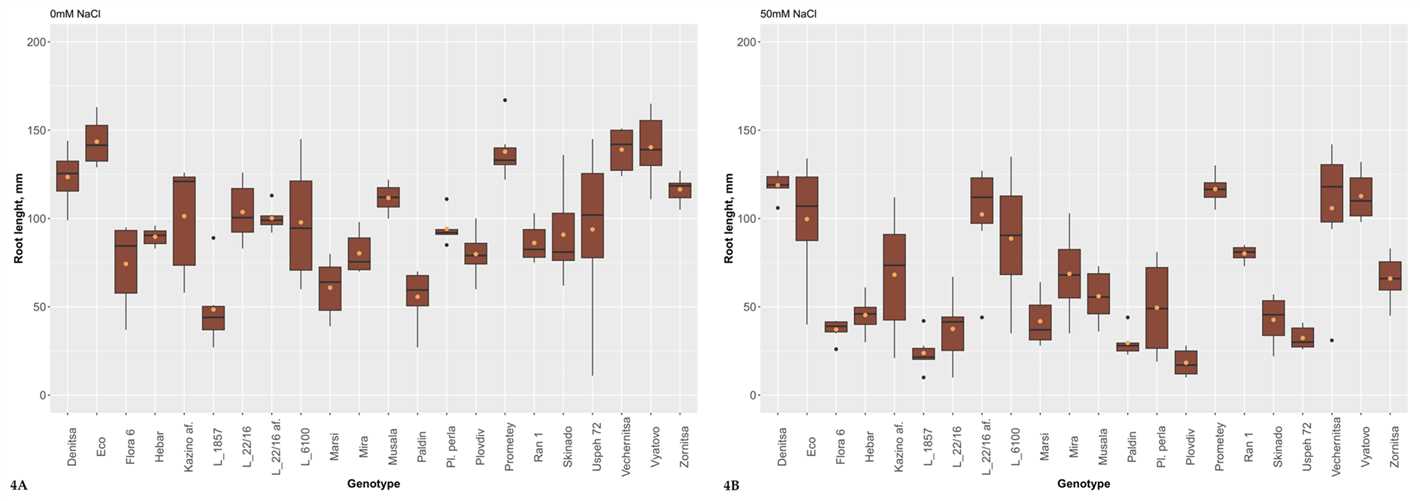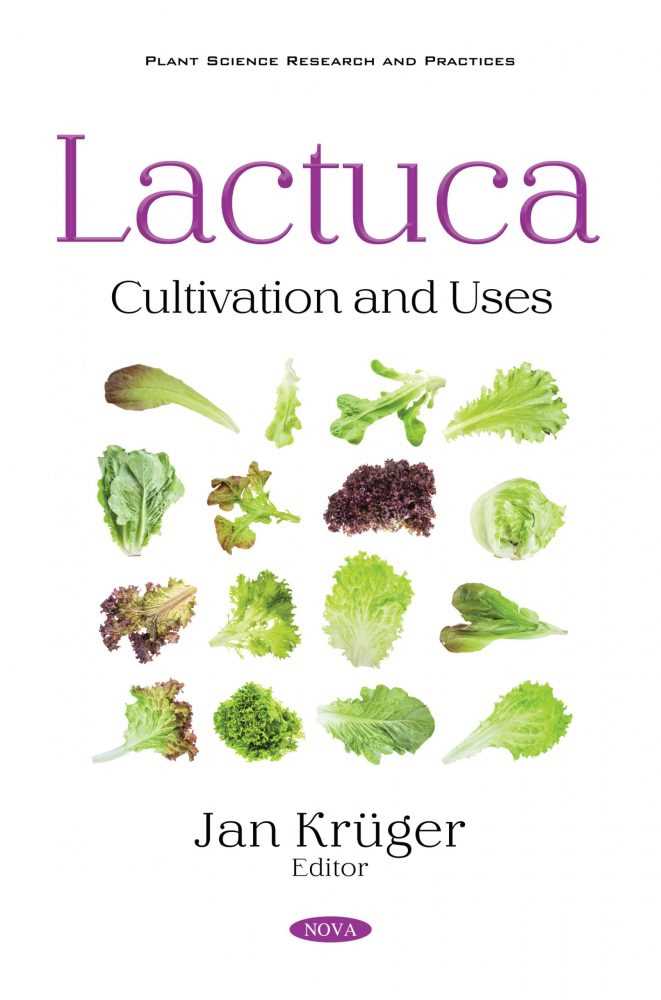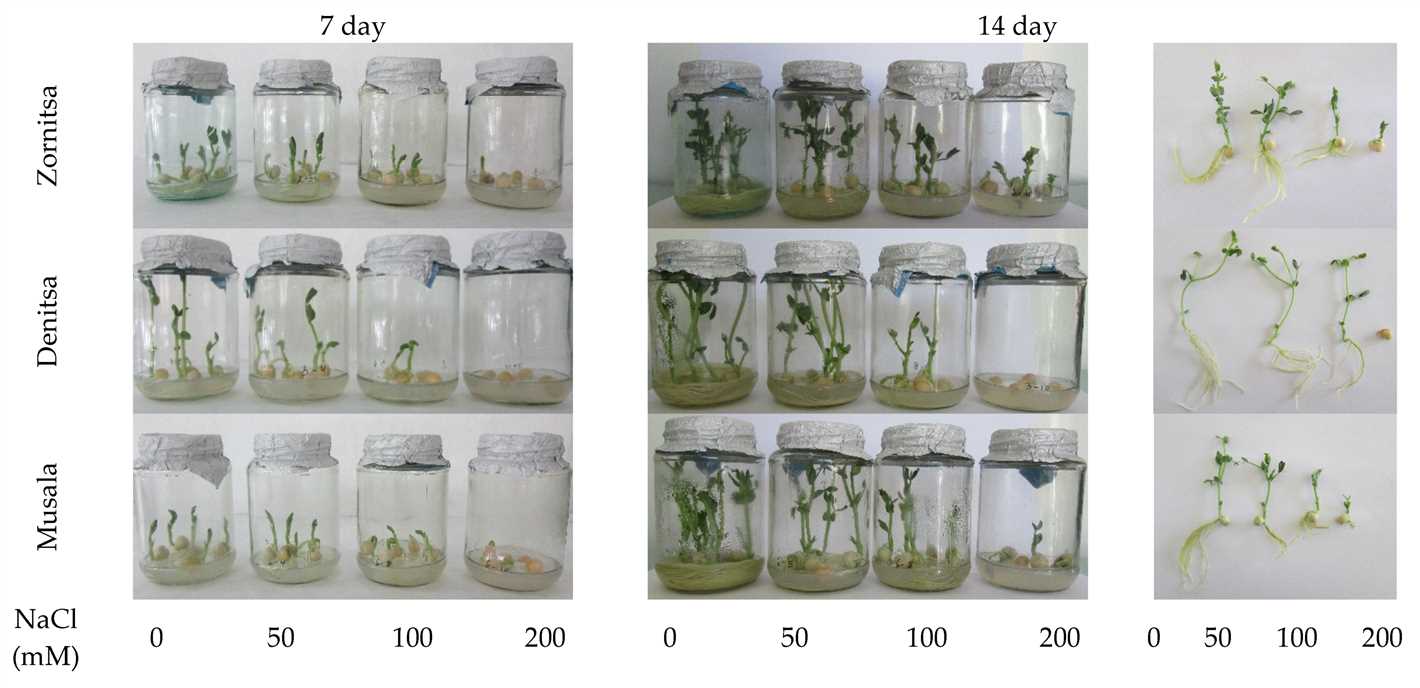- Vechernitsa: Cultivation, Care, Types and Varieties – All You Need to Know
- Cultivation
- Care
- Types and Varieties
- Conclusion
- Cultivation of Vechernitsa
- Choosing the right location:
- Preparing the soil:
- Sowing seeds:
- Watering:
- Fertilization:
- Pruning:
- Pests and diseases:
- Propagation:
- Care Tips for Vechernitsa
- Popular Types of Vechernitsa
- Varieties of Vechernitsa
- 1. Vechernitsa pink (Rosa vechernitsa)
- 2. Vechernitsa purple (Lavandula vechernitsa)
- 3. Vechernitsa white (Alba vechernitsa)
- 4. Vechernitsa yellow (Helianthus vechernitsa)
- Benefits of Growing Vechernitsa
- 1. Medicinal properties
- 2. Beautiful blossoms
- 3. Low maintenance
- 4. Attracts beneficial insects
- 5. Versatile use
- 6. Drought-tolerant
- 7. Natural weed suppressant
- 8. Long blooming period
- 9. Erosion control
- 10. Edible and aromatic leaves
- Common Problems and Solutions for Vechernitsa
- 1. Pest Infestation
- 2. Fungal Diseases
- 3. Improper Watering
- 4. Nutrient Deficiency
- 5. Sunburn
- 6. Overcrowding
- Questions and Answers:
- What is Vechernitsa?
- How do I cultivate Vechernitsa?
- What are the different types of Vechernitsa?
- How do I care for Vechernitsa?
- Can Vechernitsa be grown indoors?
- How long does it take for Vechernitsa to bloom?
- Videos: Watering Pepper Plants – When To Water (And When Not To) – In Depth Guide
Vechernitsa, also known as Evening Primrose, is a beautiful flowering plant that belongs to the Onagraceae family. Native to North America, Europe, and Asia, Vechernitsa is valued for its vibrant, fragrant flowers and its medicinal properties. In this article, we will provide you with all the information you need to know about cultivating and caring for Vechernitsa, as well as the different types and varieties available.
When it comes to cultivating Vechernitsa, it is important to choose a location that receives full sun or partial shade. The soil should be well-draining and rich in organic matter. Vechernitsa can be grown from seeds or by dividing mature plants. It is best to sow the seeds directly in the garden in early spring or early autumn. The plants should be spaced about 12-18 inches apart to allow for proper airflow.
Caring for Vechernitsa involves regular watering, especially during dry periods. However, it is important to avoid overwatering as this can cause root rot. Deadheading the flowers can prolong the blooming period and encourage the growth of more flowers. Fertilizing Vechernitsa once a month with a balanced fertilizer can also promote healthy growth.
There are several types and varieties of Vechernitsa available, each with unique characteristics. Common types include Oenothera biennis, Oenothera fruticosa, and Oenothera speciosa. Each type varies in its size, flower color, and bloom time. Some popular varieties of Vechernitsa include ‘Siskiyou Pink,’ ‘Lemon Sunset,’ and ‘Fireworks.’
In conclusion, Vechernitsa is a stunning flowering plant that can be easily cultivated and cared for. It adds beauty to any garden with its vibrant flowers and offers medicinal benefits. With the right location, soil, and care, you can enjoy the beauty of Vechernitsa in your own garden.
Vechernitsa: Cultivation, Care, Types and Varieties – All You Need to Know
Vechernitsa, also known as Evening Primrose, is a beautiful flowering plant that is native to North America. It is known for its delicate yellow flowers that bloom in the evening, hence the name Evening Primrose. In this article, we will discuss the cultivation, care, types, and varieties of Vechernitsa.
Cultivation
Vechernitsa is a relatively easy plant to cultivate. It prefers full sun or partial shade and well-drained soil. The plant can tolerate a wide range of soil types, from sandy to clayey. However, it thrives best in soil that is rich in organic matter. It is recommended to add compost or well-rotted manure to the soil before planting.
The ideal time to plant Vechernitsa is in early spring or late fall. You can start the seeds indoors and transplant them outdoors after the last frost, or sow the seeds directly into the ground. The seeds should be planted at a depth of about 1/8 to 1/4 inch.
Care
Once Vechernitsa is established, it requires minimal care. It is a drought-tolerant plant and does not require regular watering. However, during periods of prolonged drought, it is advisable to water the plant to ensure its survival.
Fertilization is not necessary for Vechernitsa, as it can obtain nutrients from the soil. However, you can apply a balanced slow-release fertilizer in spring to promote healthy growth and blooming.
Deadheading spent flowers will encourage continuous blooming. It is also recommended to cut back the plant to a few inches above the ground in late fall to promote new growth in the following spring.
Types and Varieties
Vechernitsa comes in several varieties, each with its unique characteristics. The most common types include:
- Common Evening Primrose (Oenothera biennis): This is the most widespread species of Evening Primrose. It grows up to 6 feet tall and produces yellow flowers that bloom from late spring to early summer.
- Sundrops (Oenothera fruiticosa): Sundrops are known for their bright yellow flowers that bloom from late spring to early fall. They form compact clumps and grow up to 2 feet tall.
Conclusion
Vechernitsa, or Evening Primrose, is a stunning flowering plant that is easy to cultivate and care for. With its delicate yellow flowers and attractive foliage, it can add beauty to any garden. Whether you choose the common Evening Primrose or one of its varieties like Sundrops, you will surely be mesmerized by its charm. So, why not consider adding Vechernitsa to your garden and enjoy its beauty?
Cultivation of Vechernitsa
Vechernitsa, also known as evening primrose or Oenothera, is a flowering plant that can be easily grown in your garden. Here are some tips for cultivating vechernitsa:
Choosing the right location:
Vechernitsa thrives in full sun to partial shade. Choose a spot in your garden that receives at least 6 hours of direct sunlight per day. The soil should be well-draining and rich in organic matter.
Preparing the soil:
Before planting vechernitsa, prepare the soil by removing any weeds or debris. Loosen the soil and add compost or well-rotted manure to improve its fertility and drainage.
Sowing seeds:
Vechernitsa can be grown from seeds. Sow the seeds directly in the prepared soil in early spring or late summer. Make sure to space the seeds according to the recommended distance, which is usually 12-18 inches apart.
Watering:
Keep the soil consistently moist but not waterlogged. Water vechernitsa regularly, especially during dry periods. Avoid overhead watering as it may cause fungal diseases. Instead, water the plants at the base.
Fertilization:
Vechernitsa does not require excessive fertilization. However, you can apply a balanced organic fertilizer once or twice during the growing season to promote healthy growth and abundant flowering.
Pruning:
Pruning vechernitsa is not necessary, but you can remove the faded flowers to encourage continuous blooming. You can also cut back the plants in late fall to prevent self-seeding.
Pests and diseases:
Vechernitsa is generally pest and disease resistant. However, occasional problems like aphids or powdery mildew may occur. Monitor your plants regularly and take appropriate measures if needed, such as spraying with organic insecticides or fungicides.
Propagation:
In addition to growing vechernitsa from seeds, you can also propagate them through division in early spring. Carefully dig up the plants and divide the clumps into smaller sections. Replant the divisions and water them well.
By following these cultivation tips, you can successfully grow vechernitsa in your garden and enjoy its beautiful flowers. Whether you choose to plant them in flower beds, borders, or containers, vechernitsa will add color and beauty to your outdoor space.
Care Tips for Vechernitsa
Proper care is essential for the healthy growth and development of vechernitsa plants. Follow these care tips to ensure your vechernitsa thrives:
- Light: Vechernitsa plants thrive in full sun to partial shade. Place them in an area where they can receive at least 6 hours of direct sunlight each day.
- Water: Keep the soil evenly moist, but avoid overwatering. Vechernitsa plants prefer well-draining soil, so make sure the pot or planting area has good drainage.
- Fertilizer: Feed your vechernitsa plants with a balanced liquid fertilizer once a month during the growing season. Follow the instructions on the fertilizer packaging for the correct dosage.
- Pruning: Regularly trim the vechernitsa plants to encourage bushier growth. Remove any dead or yellowing leaves to maintain the plant’s appearance.
- Temperature: Vechernitsa plants are generally hardy and can tolerate a wide range of temperatures. However, they prefer temperatures between 60°F (15°C) and 80°F (27°C).
- Pests and Diseases: Keep an eye out for common pests like aphids and spider mites. If you notice any signs of infestation, treat the plants with an appropriate pesticide. Also, watch out for diseases like powdery mildew and take necessary measures to prevent or control them.
By following these care tips, you can ensure that your vechernitsa plants remain healthy and vibrant, providing you with beautiful blooms and foliage.
Popular Types of Vechernitsa
Vechernitsa, also known as Evening Primrose, is a beautiful flowering plant that is native to North America. It has gained popularity worldwide due to its vibrant colors and easy maintenance. Here are some popular types and varieties of Vechernitsa:
Vechernitsa Speciosa (Showy Evening Primrose): This type of Vechernitsa is known for its large, showy flowers that bloom in various shades of pink, purple, and white. It grows up to 2 feet tall and prefers full sun or partial shade.
Vechernitsa Lamarckiana: Also known as Lamarck’s Evening Primrose, this variety produces bright yellow flowers that bloom in the evening and fade by the next morning. It is a hardy plant that can tolerate a wide range of soil conditions.
Vechernitsa Missouriensis (Missouri Evening Primrose): Native to the central parts of the United States, this type of Vechernitsa features large yellow flowers that bloom profusely in the spring and summer. It is a drought-tolerant plant that prefers well-drained soil.
Vechernitsa Biennis (Common Evening Primrose): This variety is known for its yellow flowers that bloom at night, attracting moths and other nocturnal pollinators. It grows up to 4 feet tall and thrives in full sun or partial shade.
These are just a few examples of the popular types of Vechernitsa. There are many other varieties available, each with its own unique characteristics and growing requirements. Whether you choose a showy variety or a more common one, Vechernitsa is sure to add beauty to your garden or landscape.
Varieties of Vechernitsa

The Vechernitsa plant is available in several different varieties, each with its own unique characteristics. Here are some popular varieties of Vechernitsa:
1. Vechernitsa pink (Rosa vechernitsa)
This variety of Vechernitsa features beautiful pink flowers that bloom in the evening, giving off a delightful fragrance. It is a fast-growing plant that can reach a height of up to 3 feet. Vechernitsa pink is commonly used as a bedding plant or as a border along garden pathways.
2. Vechernitsa purple (Lavandula vechernitsa)

With its striking purple flowers and silver-gray foliage, Vechernitsa purple adds an elegant charm to any garden. This variety is known for its aromatic scent, making it ideal for use in potpourri or essential oil production. Vechernitsa purple is a perennial plant that requires well-drained soil and full sun.
3. Vechernitsa white (Alba vechernitsa)
White Vechernitsa is a classic choice for gardeners who prefer a clean and timeless look. Its pure white flowers bloom at night and attract pollinators such as moths and bees. This variety thrives in partial shade and moist soil, making it a great addition to woodland gardens or shady borders.
4. Vechernitsa yellow (Helianthus vechernitsa)
Known for its bright yellow petals and tall stems, Vechernitsa yellow is a stunning addition to any garden. It can grow up to 6 feet tall and is often used to create a focal point or backdrop. This variety prefers well-drained soil and full sun exposure for optimal growth.
These are just a few examples of the many varieties of Vechernitsa available to gardeners. Each variety has its own unique characteristics, so be sure to choose the one that best suits your garden’s needs and your personal preferences.
Benefits of Growing Vechernitsa
1. Medicinal properties
Vechernitsa is known for its medicinal properties and has been used in traditional medicine for centuries. It contains compounds that have anti-inflammatory, antioxidant, and antimicrobial properties, making it beneficial for various health conditions.
2. Beautiful blossoms
One of the main benefits of growing vechernitsa is its beautiful blossoms. The plant produces clusters of vibrant flowers in various colors, including pink, purple, white, and blue. These colorful blooms can add a touch of beauty and elegance to any garden or landscape.
3. Low maintenance
Vechernitsa is a relatively low-maintenance plant, making it suitable for both experienced gardeners and beginners. It is resistant to many diseases and pests, and it can tolerate a wide range of soil conditions. This makes it an easy plant to care for, requiring minimal effort and time.
4. Attracts beneficial insects
The flowers of vechernitsa are known to attract beneficial insects such as bees and butterflies. These pollinators play a crucial role in the garden ecosystem by helping plants reproduce. By growing vechernitsa, you can create a habitat that supports the population of these essential insects.
5. Versatile use
Vechernitsa has versatile uses in gardens and landscapes. It can be grown as ground cover, edging plants, or as a beautiful addition to flower beds and borders. The plant also works well in containers and hanging baskets, allowing you to incorporate it into various garden designs and arrangements.
6. Drought-tolerant
Vechernitsa is a drought-tolerant plant, meaning it can withstand periods of limited water availability. This makes it an excellent choice for regions with dry or arid climates, where water conservation is essential. By growing vechernitsa, you can maintain a beautiful garden while minimizing water usage.
7. Natural weed suppressant

The dense foliage of vechernitsa acts as a natural weed suppressant. Once established, it forms a thick mat that limits the growth of weeds and reduces the need for manual weeding. This can save you time and effort in maintaining a weed-free garden.
8. Long blooming period
Vechernitsa has a long blooming period, usually lasting from late spring to early fall. This extended flowering time ensures that your garden remains vibrant and colorful for an extended period. The continuous influx of beautiful blossoms can enhance the overall aesthetic appeal of your outdoor space.
9. Erosion control
Vechernitsa is an excellent plant for erosion control. Its extensive root system helps stabilize soil and prevent soil erosion, especially on slopes and banks. By growing vechernitsa in these areas, you can protect the soil and minimize the risk of erosion caused by rainwater or wind.
10. Edible and aromatic leaves
The leaves of vechernitsa are edible and have a distinct, aromatic flavor. They can be used as a flavorful addition to salads, soups, and other culinary creations. The leaves can also be dried and used as a herbal tea or seasoning, providing a unique taste and aroma.
Common Problems and Solutions for Vechernitsa
1. Pest Infestation
Vechernitsa plants are susceptible to various pests such as aphids, spider mites, and whiteflies. These pests can cause damage to the leaves, stems, and flowers of the plant.
To control pest infestation, you can:
- Regularly inspect the plant for signs of pests.
- Remove any affected parts of the plant immediately.
- Use organic or chemical insecticides to eliminate the pests.
2. Fungal Diseases
Vechernitsa plants are prone to fungal diseases like powdery mildew and botrytis blight. These diseases can cause leaf spots, wilting, and a general decline in plant health.
To prevent and treat fungal diseases, you can:
- Ensure proper air circulation around the plant.
- Avoid overhead watering, as this can create a moist environment ideal for fungal growth.
- Apply fungicides as recommended, following the instructions on the label.
3. Improper Watering
Overwatering or underwatering can stress Vechernitsa plants and lead to root rot or dehydration.
To ensure proper watering:
- Water the plants when the top inch of soil feels dry.
- Avoid overwatering by allowing excess water to drain from the pot.
- Use well-draining soil to prevent waterlogging.
4. Nutrient Deficiency

If Vechernitsa plants are not receiving sufficient nutrients, they may show signs of discoloration, stunted growth, or poor flowering.
To address nutrient deficiency:
- Fertilize the plants regularly with a balanced fertilizer.
- Provide additional nutrients, such as magnesium or iron, if identified through soil testing.
- Avoid over-fertilization, as this can lead to nutrient imbalances.
5. Sunburn
Vechernitsa plants are sensitive to excessive sunlight and can suffer from sunburn if exposed to direct sunlight for long periods.
To protect the plants from sunburn:
- Place the plants in a location with partial shade or filtered sunlight.
- Use shade cloth or move the plants to a shaded area during the hottest parts of the day.
6. Overcrowding
If Vechernitsa plants are overcrowded, they may compete for resources and become more susceptible to diseases and pests.
To prevent overcrowding:
- Ensure adequate spacing between plants when planting.
- Regularly thin out the plants if they become overcrowded.
- Prune the plants to maintain a compact and healthy growth habit.
Questions and Answers:
What is Vechernitsa?
Vechernitsa is a flowering plant that belongs to the family of Asteraceae. It is a popular choice for gardeners due to its beautiful and vibrant flowers.
How do I cultivate Vechernitsa?
Cultivating Vechernitsa is relatively easy. It prefers well-drained soil and should be planted in a sunny location. It needs regular watering and should be fertilized once a month during the growing season. Pruning is also beneficial to maintain its shape and encourage more blooms.
What are the different types of Vechernitsa?
There are several types of Vechernitsa available, including the common Vechernitsa, Vechernitsa Gold, and Vechernitsa Purple. Each type has its own unique characteristics, such as flower color and size.
How do I care for Vechernitsa?
To care for Vechernitsa, you should provide it with regular watering and ensure the soil is well-drained. Fertilize it once a month during the growing season and prune it to maintain its shape. Additionally, Vechernitsa should be protected from frost during the winter months.
Can Vechernitsa be grown indoors?
While Vechernitsa is typically grown outdoors, it can also be grown indoors as long as it receives sufficient sunlight. Place it near a sunny window and ensure it has well-drained soil. Indoor Vechernitsa may require more frequent watering than outdoor plants.
How long does it take for Vechernitsa to bloom?
The blooming period of Vechernitsa varies depending on the specific variety and growing conditions. Generally, it takes around 8 to 12 weeks for Vechernitsa to fully bloom after planting.







